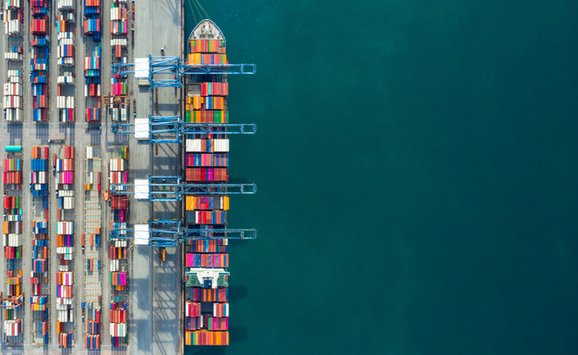Since 2005 major power generation and industrial emitters in the European Union have been monitoring their emissions and paying for the right to release CO2 and other greenhouse gasses into the atmosphere. While a landmark moment in multi-national environmental cooperation, observers have found that in its early years the E.U.‘s emissions trading scheme (ETS) has not been without its flaws.
Most observers agree that excessive distribution of free allocation permits has led to windfall profits for some entities, and there have been inadequate measures in place to curb price volatility. But according to RFF Senior Fellow Dallas Burtraw in this Weekly Policy Commentary, many of those early problems have been addressed and will be changed in later phases of the program. And, importantly, substantial shifting of industrial production and jobs overseas—as has been feared by many under a U.S. system—has not occurred in the European Union.
Hopeful that U.S. policymakers could learn from the early missteps of the E.U.’s program—especially in the critical areas of allowance allocation and industrial competitiveness—the German Marshall Fund recently released this report offering 10 key lessons from the E.U. ETS.
The paper makes as strong a case for moving quickly from free allowances to full auctioning in the electricity generation sector. By handing out free allowances, the government has a choice between windfall profits if it allows costs to be passed through (which the E.U. initially chose), and a distortion of incentives for consumers to conserve energy if it does not (which the U.S. has essentially chosen with its allocation to local distribution companies). Burtraw made a similar argument in his recent testimony before the Senate Finance Committee, calling for auctioning permits and returning these revenues to protect low-income consumers in vulnerable regions of the United States that face energy price increases.
The report also addresses one of the hottest debates in climate policy design— border adjustments:
Discussion of border adjustments in Europe has been accompanied by extreme nervousness about their potential political impact, both on the world trade system and on the international climate negotiations. The issue was greatly down played in the negotiation of the EU ETS Phase III in favor of free allocation to exposed sectors (though a clause in the E.U. Directive could provide a basis for enacting border adjustments in the future). However, recognizing the imperfections of free allocation as a solution, the French government in particular has raised the issue again, particularly as a way of protecting the integrity of an international environmental treaty.
Although the European Union may not strictly need border adjustments to protect industry at the current low price of carbon, given their seeming inevitability in the U.S. bill, it may be worth considering whether they could be part of a “transatlantic climate partnership” for creating leverage in international negotiations.
As the details of U.S. domestic schemes and an international plan emerging, experience with emissions trading is clearly becoming a “public good” that will be of great value around the world.



